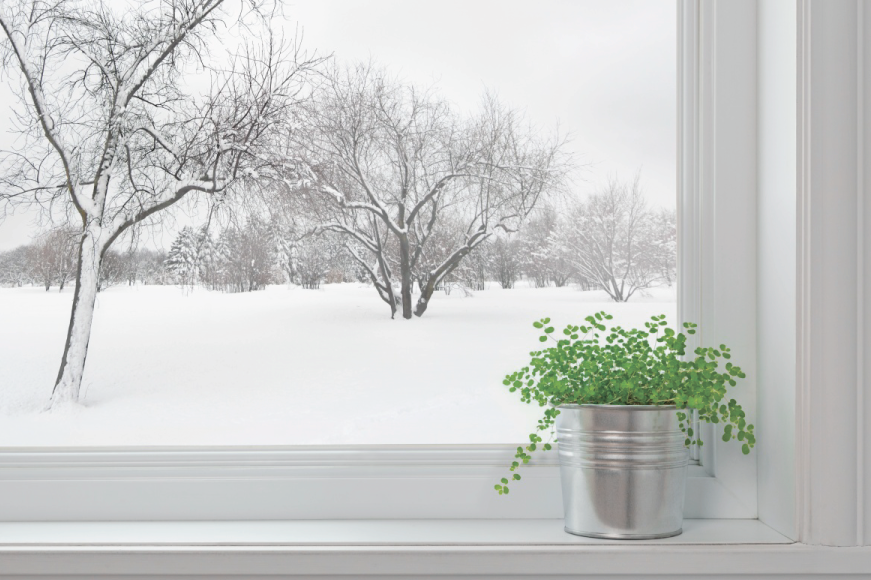
After a cold winter, it's time to awaken and bloom for all living things, including indoor plants. In this article, we will consider how to care for green friends in winter, so that they delight us in the spring, at the time of flowering.
1. Limited watering. In the cold season, the growth rate of plants is significantly reduced, so they do not need as much water as in spring or summer. The basic rule is to water less often and not to overload. Water should not remain in the pot after watering. In urban conditions, where the source of water is a water supply system with hard water, it is better to water the plants with water that has settled for at least a day. Hard water contains chemicals that react with nutrients in the soil. As a result, plant roots do not receive vital components for development. Use warm water. Water the plants as the soil dries up two centimeters from the surface.
2. Move the plants closer to the natural light source. If the windows in your house are directed to different sides of the horizon, it is better to choose a south or southwest direction. Remember to rotate the plants to provide them with even access of light - this is necessary to form and maintain the correct shape, especially in the case of succulents. 2-3 times a month is enough.
3. Don't fertilize. In winter, most plants enter a passive period, so they grow very slowly. During this period, they do not need fertilizers, since the plants will not assimilate them, and excessive feeding will cause salinization of the soil. Resume weekly feeding in early spring when young leaves and shoots begin to appear. Then you should think about a transplant.
4. Remove dust. Dust on leaves can clog the pores of plants, making it difficult for flowers to breathe and disrupting gas exchange, and also prevents the right amount of light from reaching the plant, which disrupts the process of photosynthesis. To avoid such problems, wipe the leaves with a damp cloth or sponge. Very dirty plants (for example, those living in the kitchen and covered with a layer of grease and soot) can be washed with a shower. Most importantly, do not forget to wrap the pot with plastic wrap so as to avoid washing out the soil. Thorough regular cleaning of plants will also help to identify diseases and pests in time.
5. Humidify the air. Indoor plants prefer a fairly high level of air humidity - 40-50%. Unfortunately, in the winter months in heated houses and apartments, this figure usually drops to 10-20%. A humidifier, regular spraying of plants with clean, settled water at room temperature or a home waterfall will help improve the situation. For some flowers, a glass cloche will help.
6. Do not overcool or overheat. Indoor plants in winter tolerate coolness quite well, but not sharp fluctuations in temperature and cold from glass, which can harm not only the leaves, but also the root system of plants. When deciding to ventilate the room in winter, be sure to remove the plants from the windowsill. Plants should not be placed next to heat sources - stoves, fireplaces, radiators. When placing flowers on a windowsill, try to place the pots so that they are not directly above the radiator.
7. Light up. In cold months, almost all houseplants lack daylight (the exception is, for example, kalanchoe, chrysanthemum, saintpaulia, poinsettia). If new leaves grow small and pale, and the variegated color disappears - buy a special lamp.
Good luck with your DIY ideas!
